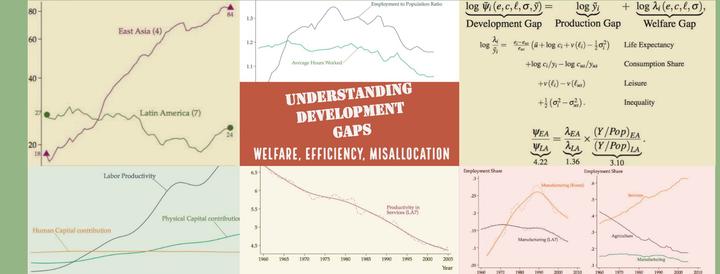On the Development Gap between Latin America and East Asia: Welfare, Efficiency, and Misallocation

Abstract
Both long economic stagnation in Latin America and sustained growth and in East Asia imply a rapidly raising development gap between the two regions. Using a series of numerical decompositions, this article documents three facts about this gap. First, differences in welfare-adjusted development are larger than those predicted by per-capita GDP. Second, differences in labor productivity account for most of the differences in both production and welfare-adjusted development. Third, inefficient production is the main factor holding down labor productivity. Furthermore, an analysis of the sectorial dynamics suggests that labor misallocation across sectors has been reducing the overall aggregate efficiency of Latin America. In particular, premature deindustrialization (i.e., workers moving from manufacturing into services) and falling productivity in the service sector had potentially large negative effects on efficiency, productivity, and welfare-adjusted development.